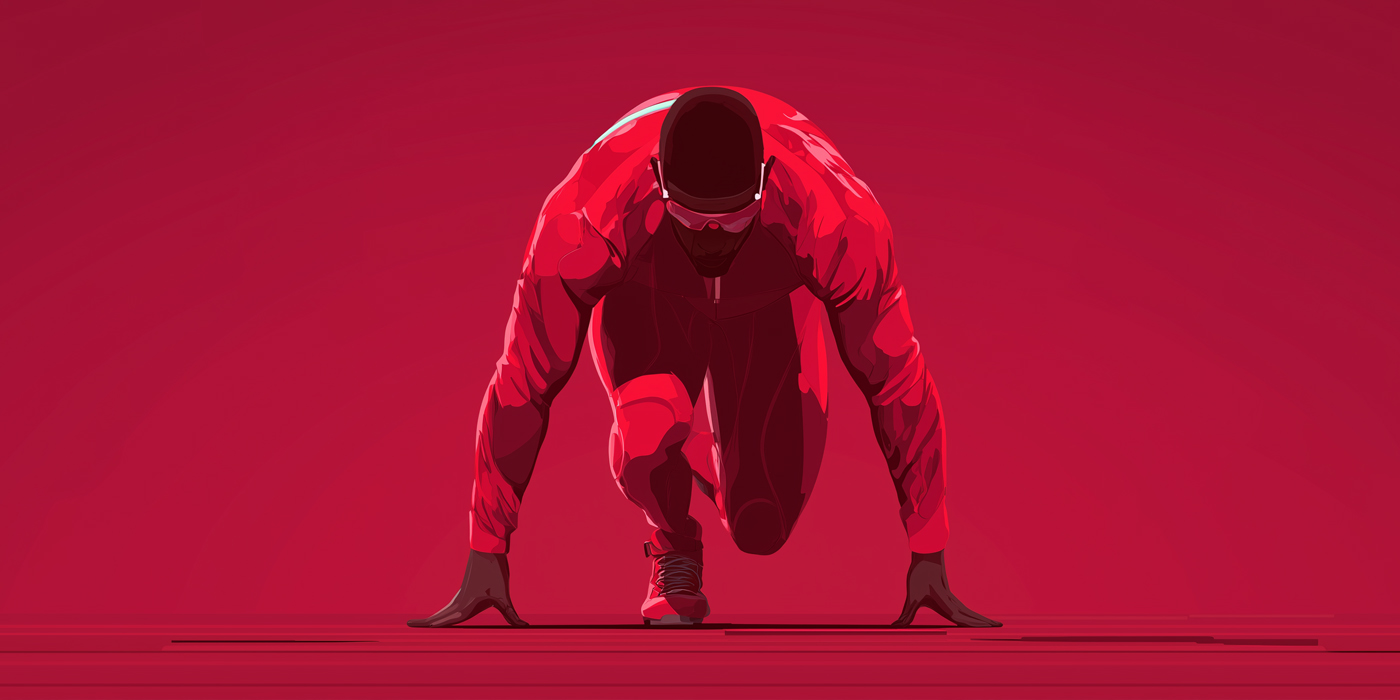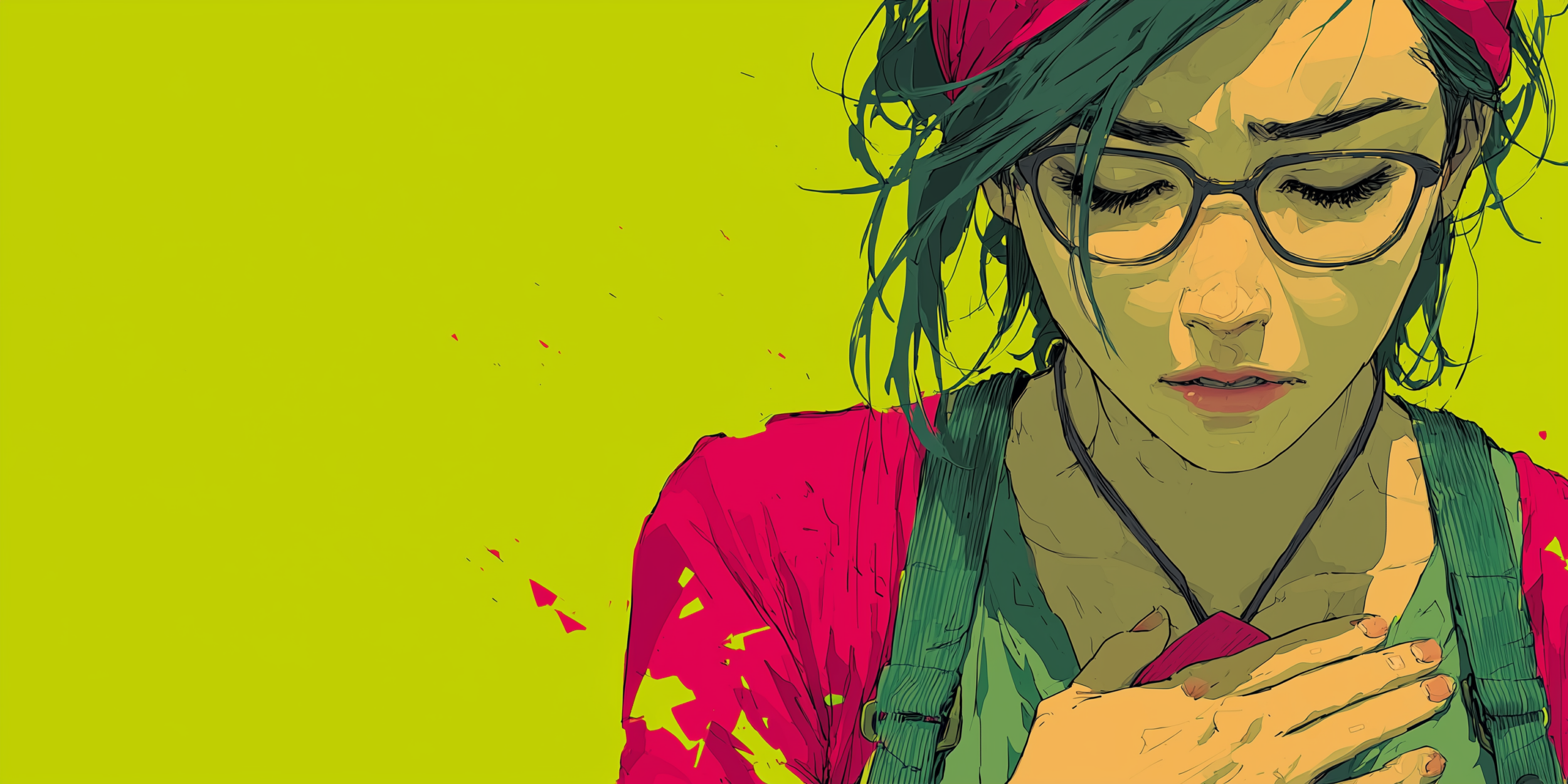“No matter how far down the scale we have gone, we will see how our experience can benefit others” (AA 84).
During my years in SA, I’ve been both a sponsor and a sponsee. My drawing below is about both of those experiences.
First, I was a sponsee. I often felt that I was drowning. Literally. My dreams and thoughts were filled with large bodies of water or rising water. My sponsor didn’t exactly rescue me. It’s more accurate to say he kept calmly repeating, “Just work the Steps.” When I listened, that kept my head above the imagined water.
Later, I became a sponsor. I was often dismayed to realize that my sponsees were drowning before my eyes. My words and actions seemed ineffective in the face of the crises I saw looming inside them. I could never save them using any thought or word or deed that sprang to my mind.
It took a long time for me to realize why my sponsor was so helpful to me. It wasn’t because he had the answer I needed. To the contrary, he would sometimes look at my situation and say, “Man, that looks like an awful situation to be in.” This man—someone I hardly knew—was not there to fix my situation. But he was willing to remain with me throughout my struggles.
As a sponsor myself, I found that simply being present was the most helpful thing I could do for my sponsees. I could listen to their situation, point out any applicable literature, and share my own experience. They seldom said, “Wow, that fixed it!” They would instead say, “Thanks for being there.” That is an act I cannot define beyond answering some phone calls and meeting to talk about recovery. Whatever it is, it seems very important to recovery.
The promise that starts with the words “No matter how far down the scale we have gone…” was a welcome one for me. I knew I had gone far down the scale into sexaholism and was relieved to hear that my awful experience might have some redeeming value. Most people would never want to go as far down as I went. Never.
And yet when a sponsee described an immeasurable moral abyss that he had fallen into, I found myself leaning toward him rather than leaning back. I would just let him talk, knowing it was very hard for him to admit how low he had sunk.
I can be there for a sponsee. “Being there” means that I am able to listen with surprising ease because this low place is very familiar ground for me. I cannot really measure how far down the scale someone else has gone. It is a scale that has no units of measure. But I can go there with someone—be there—until he touches the bottom.
In this way, the Promise has come true for me many times. No matter how far down the scale I have gone, I can see how my experience benefits others.
So who is that guy on the ladder in my drawing? The one with the torn shirt and drooping hair, trying so hard to win an apparently unwinnable battle for the man who is sinking? That is every sponsor I have ever had. He is doing more for me than I deserve—perhaps paying back his debt to a sponsor before him. He is not able to reach me, but he is able to “be there” with me even at that depth of despair.
When I finished the drawing, I showed it with some pride to my father. He looked at it for a long time and then he said, “I find this situation terribly hopeless.” I asked him why. “Because,” he said, “the man is not going to make it. The drowning guy is going to drown.”
I looked again at the drawing and saw what he did not see. It’s not really sponsors who save sponsees. It’s that Higher Power who we find at that bottom rung of the scale. The sponsor is there to share his hope, even when we think no one has been that far down the scale before us.
“I see it differently,” I said to my father. My father correctly saw a hopeless situation. But I saw a powerful Promise.

John I.






